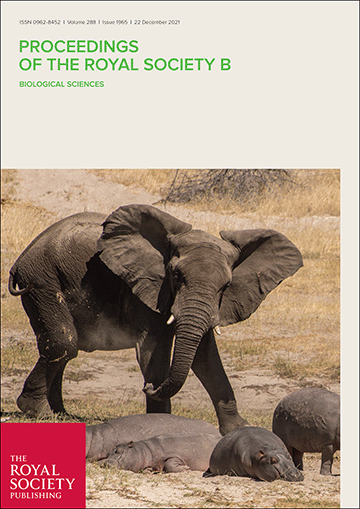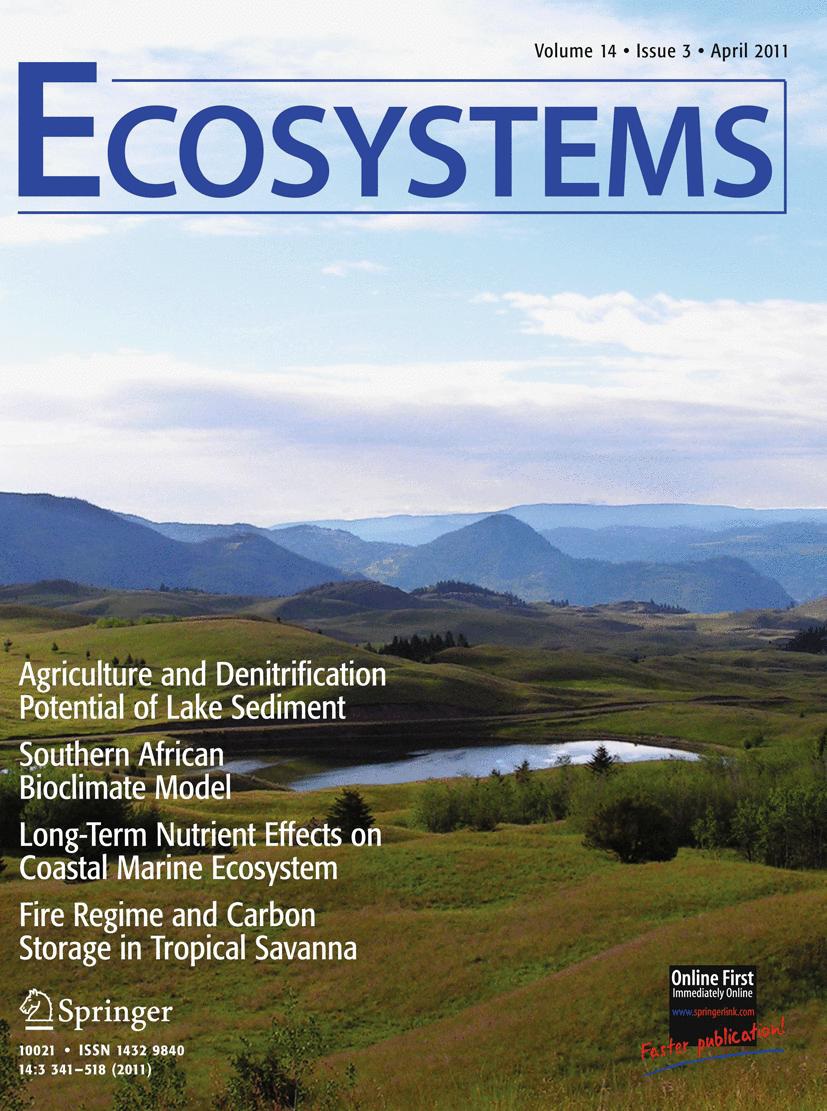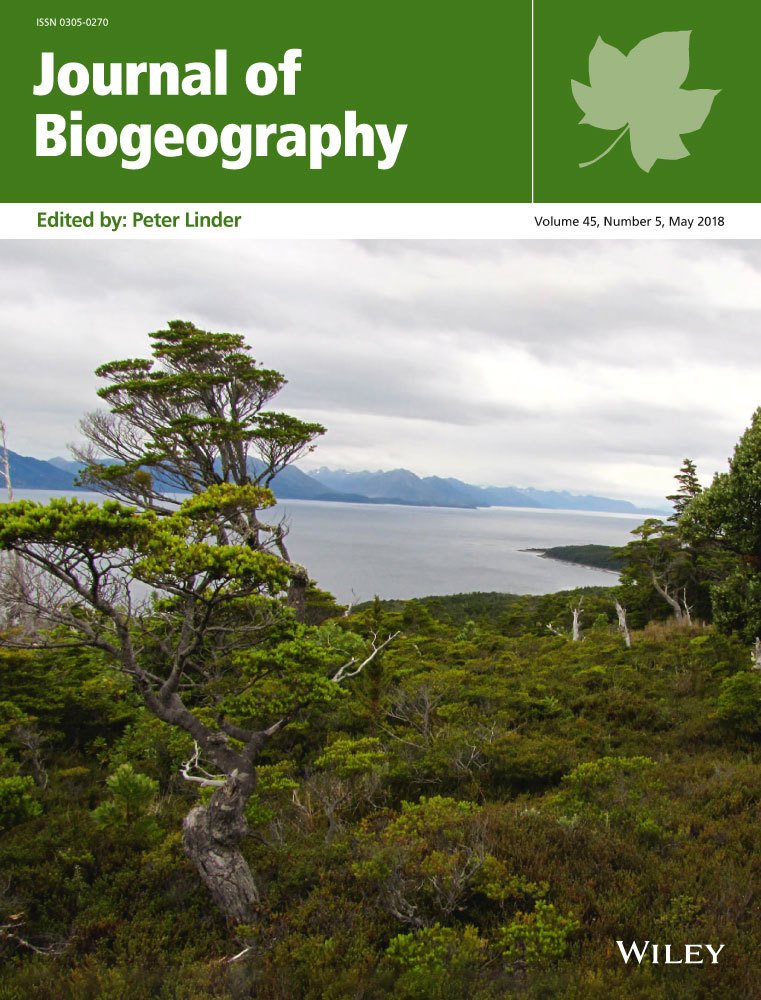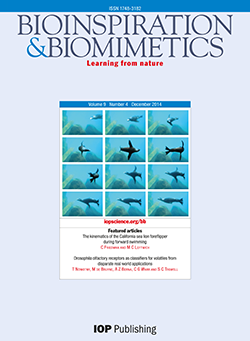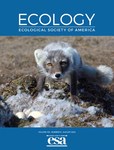- Department:(Dept. 4) Fish Biology, Fisheries and Aquaculture
Leveraging big data to uncover the eco-evolutionary factors shaping behavioural development
In this review, the authors provide a guide to state-of-the-art approaches that allow the collection and analysis of high-resolution behavioural data across development. They outline how such approaches can be used to address key issues regarding the ecological and evolutionary factors shaping behavioural development.
Trophic Transfer Efficiency in Lakes
The authors explored how spatial and temporal variability of lake food webs and their links to the terrestrial environment affect trophic transfer efficiency (TTE). They suggest that TTE can be estimated as mechanistic expression of energy flow between consumer and producer pairs, or as ecosystem efficiency comparing total sums of heterotrophic production rates with fixation rates of carbon.
The importance of seawater tolerance and native status in mediating the distribution of inland fishes
The objective of this study was to understand the role of environmental variables explaining the distribution of three major eco-evolutionary groups of inland fishes. Despite marked differences in the distribution patterns of native and alien species, evolutionary and introduction histories as well as seawater tolerance are central factors explaining the current distribution of inland fishes.
Self-organization and information transfer in Antarctic krill swarms
The authors analysed the trajectories of captive, wild-caught krill in 3D to determine individual-level interaction rules and quantify patterns of information flow. They demonstrate that krill align with near neighbours and that they regulate both their direction and speed relative to the positions of groupmates showing that social factors are vital to the formation and maintenance of swarms.
Live fish learn to anticipate the movement of a fish-like robot
Schooling fish, moving synchronously in the water – how do they do that? Using a robotic fish, the authors have shown that guppies can anticipate the behavior of their artificial conspecific and predict both the direction and dynamics of its movements. So this is another explanation for why fish in a school – which know each other well – are capable of extremely fast collective movements
Mechanisms of prey division in striped marlin, a marine group hunting predator
The authors identified individual striped marlin (Kajikia audax) hunting in groups. Groups surrounded prey but individuals took turns attacking. They found that competition for prey access led to an unequal division of prey among the predators, with 50% of the most frequently attacking marlin capturing 70–80% of the fish.
The emergence and development of behavioral individuality in clonal fish
The authors have now shown for the first time in naturally clonal fish that genetically identical individuals already differ in their character traits on the first day of life and that these early character differences significantly shape the behavior of the animals into adulthood.
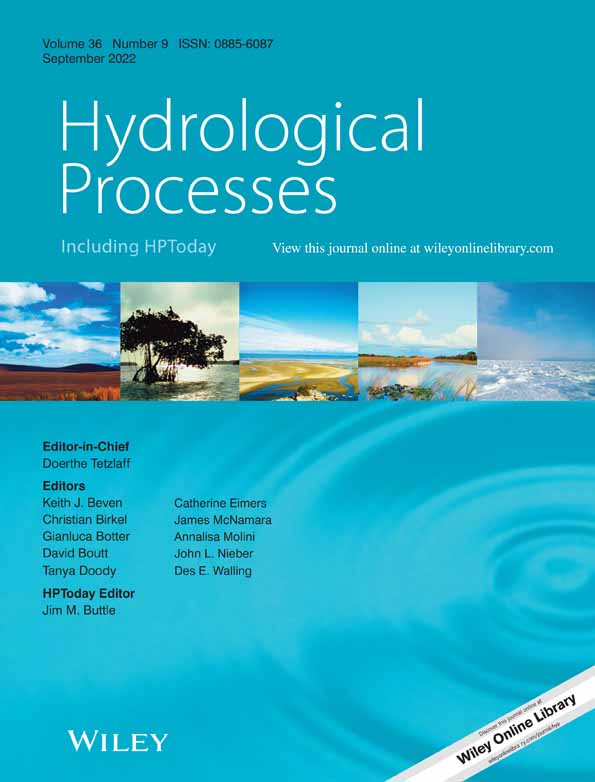
Spatial and temporal dynamics of water isotopes in the riverine-marine mixing zone along the German Baltic Sea coast
The spatial and temporal variability of stable water isotopes were investigated in the Schlei and in the Baltic Sea boddens. The data improve the understanding of hydrological processes behind those dynamics. Further they will be a helpful contribution to multiple IGB projects, e.g. in context of migration studies of pike and analysis of biochemical processes in macrophytes
Identification and characterization of a new family of long satellite DNA, specific of true toads (Anura, Amphibia, Bufonidae)
This newly discovered family of satellite DNAs is present in 15 examined species of amphibians of the systematic family of True toads (Bufonidae). It is formed by monomers of 807 bp, organized in tandem arrays, and has an AT-content of 57.4 Percent.
Biological invasions reveal how niche change affects the transferability of species distribution models
It is widely debated if species distribution models are transferable across space and time. The authors synthesized results on 217 species from 50 studies to elucidate effects of niche change on model transferability. They found that niche change reduced model transferability; however, a lack of presence points for developing models led to an even stronger reduction in transferability.


